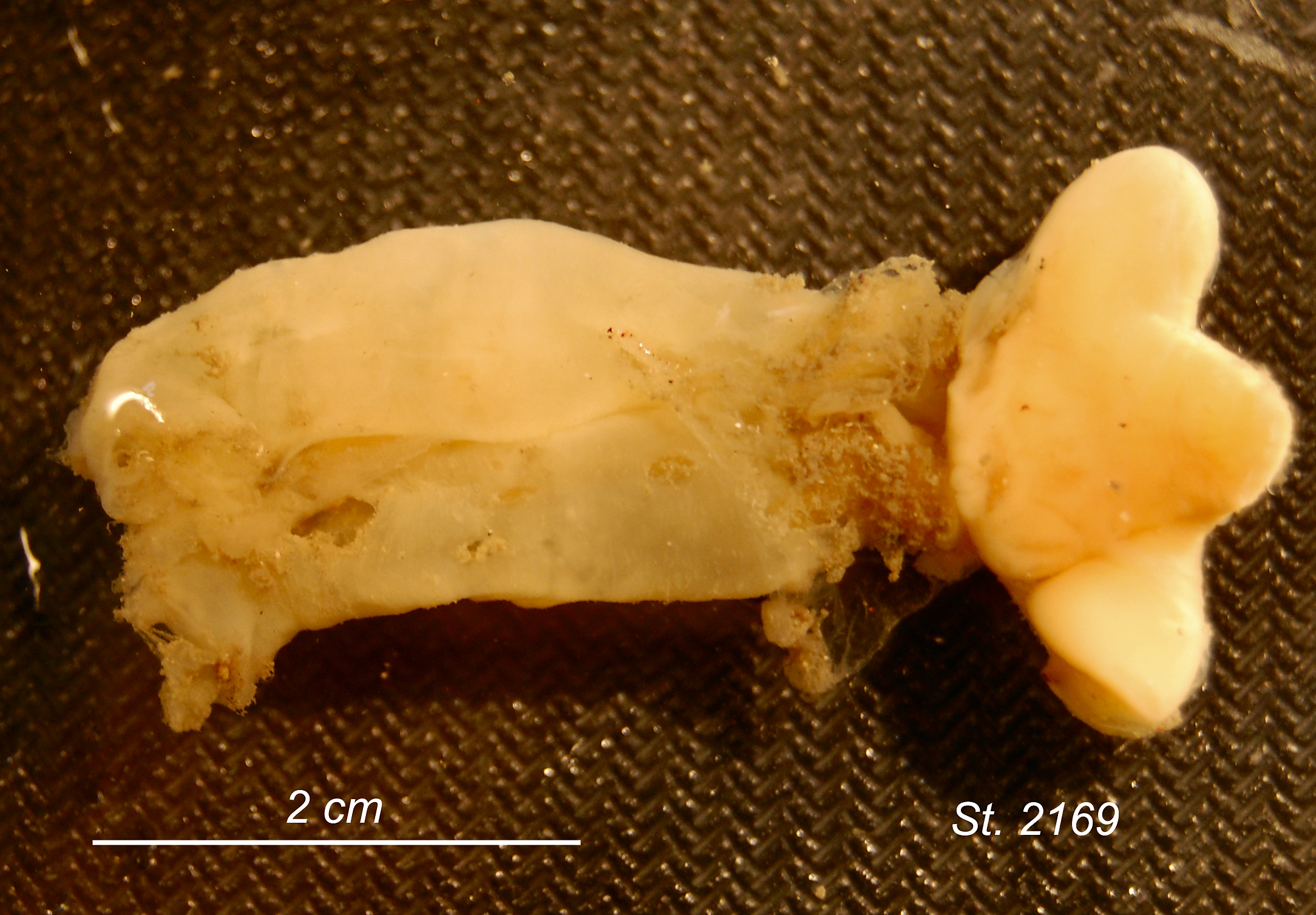Ocean Worm Wriggles Back Into View after 140 Years


In 1873, an unknown species of deep-sea worm was dredged up from the bottom of the ocean. Further analysis showed that the animal, collected from almost 3.5 miles (5.5 kilometers) beneath the surface, turned out to be a new type of acorn worm. It was dubbed Glandiceps abyssicola.
For nearly 140 years, that was the last that humans would see of this type of acorn worm. Acorn worms are a group of animals that live on the seafloor eating pieces of sediment and detritus that float down from above. And the single specimen that was collected in 1873 by the HMS Challenger found its way to Germany, where it was destroyed by bombs in World War II. [Deep-Sea Creepy Crawlies: Images of Acorn Worms]
Then, in 2009, a small chunk of yellow flesh turned up in a sample of sediment collected near the same spot as the original, in the equatorial Atlantic near South America. An anatomical and genetic study of the material, published last month in the Journal of the Marine Biological Association of the United Kingdom, found that it was part of a Glandiceps abyssicola worm's body.
The main reason that the animal hadn't been spotted since 1873 is that it is very fragile, and tends to fall apart when dredged, said Karen Osborn, a study co-author and worm specialist at the Smithsonian's National Museum of Natural History. The dredging sled runs along the seafloor and knocks items into a net with a chain, which isn't exactly a gentle collecting technique, Osborn told LiveScience. Ideally, the animals are collected with submersibles, where they can be delicately plucked from the ocean bottom, she added.
The deep-sea acorn worms are quite different from their shallow-water relatives, which are more muscular, sturdier and easier to sample, Osborn said. The shallow-water variety also tend to dig burrows and siphon particles from the seafloor. This rediscovered species, however, crawls along the ocean bottom, eating particles of detritus.
"They are like little factories for digesting organic matter," Osborn said.
Acorn worms get their name from their proboscis, which resembles the cap of an acorn, Osborn said. Recent studies of which Osborn has been a part have identified more than a dozen new species of acorn worms. The present study was led by Nicholas Holland, a researcher at the Scripps Institution of Oceanography.
Get the world’s most fascinating discoveries delivered straight to your inbox.
Email Douglas Main or follow him on Twitter or Google+. Follow us @livescience, Facebook or Google+. Article originally on LiveScience.



